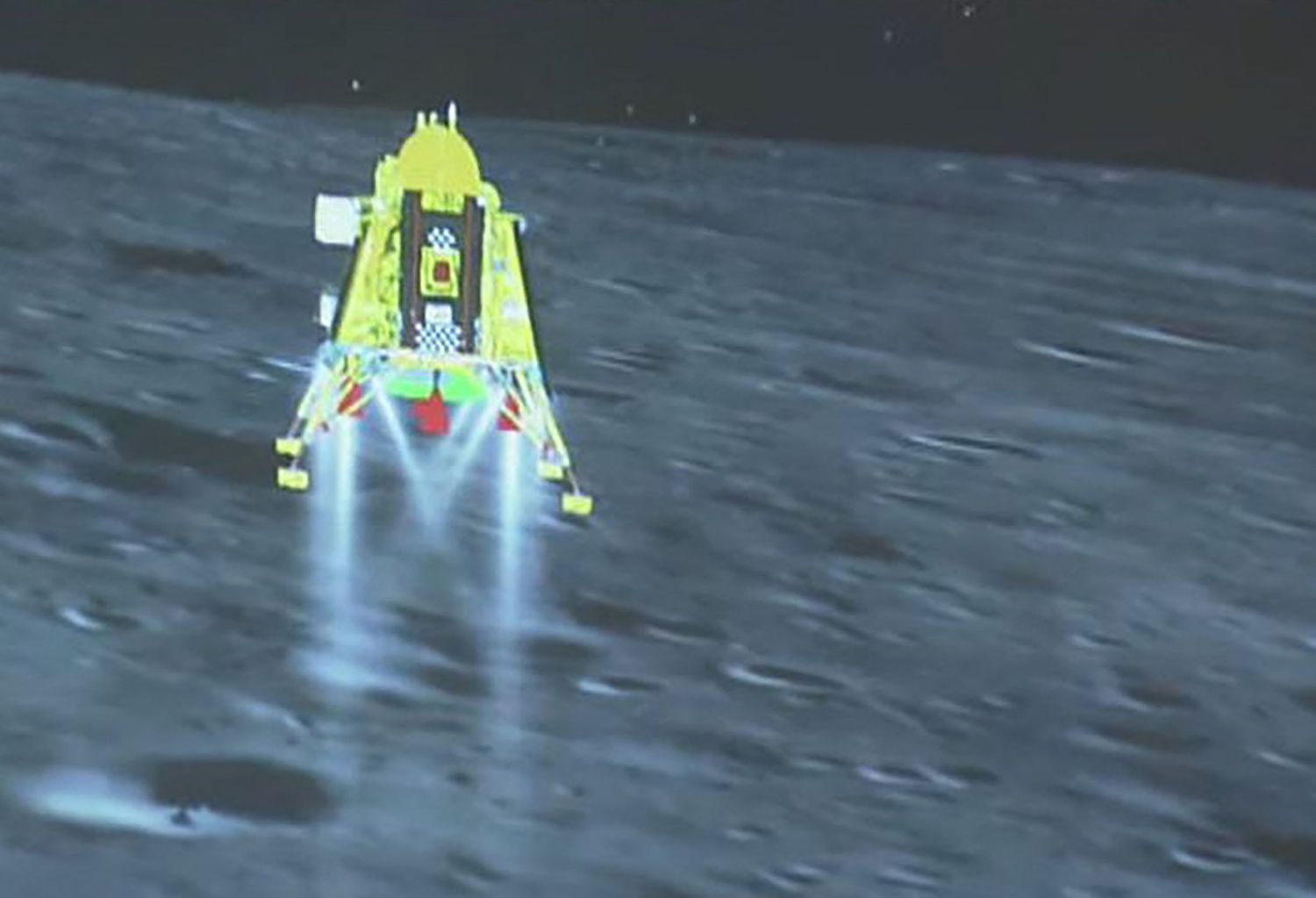Jonathan McDowell, an astrophysicist at the Harvard-Smithsonian Center for Astrophysics, catalogs the fates of the Soviet Union’s first 11 space missions before the spacecraft successfully landed on the moon as stuck, failed, missed, failed, failed, stuck, failed, crashed, missed, crashed and crashed. Casino siteleri
Even today—there have been nine moon landings since 2013—achievements are mixed. It just tells us that landing on the moon is not that easy.
McDowell’s database presents the monumental challenges facing 50 lunar landing attempts with an amusing scoreboard that reads: Earthlings 23, Gravity 27.
India chocked up its first W against Gravity Yesterday after its Chandrayaan-3 spacecraft landed safely on the lunar surface.
This achievement makes India only the fourth country to land successfully on the Moon and historically the first country to land on the South Pole of the Moon.
Jim Bridenstine, who led NASA from 2018 to 2021said, “India should be very proud of this achievement.“
Perhaps the most important aspect of India’s moon landing by government standards is the budget with which India achieved this mission. In 2020, the estimated cost of the Chandrayaan-3 mission was around $75 million, according to the Indian Space Research Organization (ISRO).
ISRO competes with the cheapest lunar landing missions in recent years by US NASA, which has let companies compete for fixed-price contracts to build landers under the Commercial Lunar Payload Services (CLPS). The CLPS program has a maximum budget of $2.6 billion over 10 years, and 14 companies compete for mission contracts, typically worth more than $70 million.
Overall, NASA’s annual budget exceeds that of India. In 2023, the US agency received $25.4 billion in funding, while ISRO’s budget was approximately $1.6 billion. Bridenstine emphasized that NASA’s much larger budget reflects the different levels of capability offered by the US agency, which includes everything from the continued presence of astronauts in orbit to missions to planets, asteroids, and more.
United States spends the most on space, although it still represents only 0.28 percent of its Gross Domestic Product (GDP). That’s well above India’s 0.04 percent of GDP, according to the Space Foundation’s Global Space Economy report released in July.
Bridenstine said, “India should have in its ambitions the desire to invest more and more and develop the capabilities that are more on a par with the United States.” Deneme bonusu veren siteler
India is increasingly seen as a major player in space geopolitically. Although China has followed Russia as the most important competitor to American influence and capability in space, India can still rise to third place in the hierarchy of space powers.
Bridenstine said, “I would hope India uses Chandrayaan-3 as an opportunity to capitalize on the success. India has got a big economy and they’re going to put money into space exploration.” Bonus veren bahis siteleri
Bridenstine added, “Costs are going to continue to go down, which is a very positive development for everybody who’s interested in space exploration. And costs to get to the moon are going to go down, especially as we have more and more companies doing more and more missions.”





